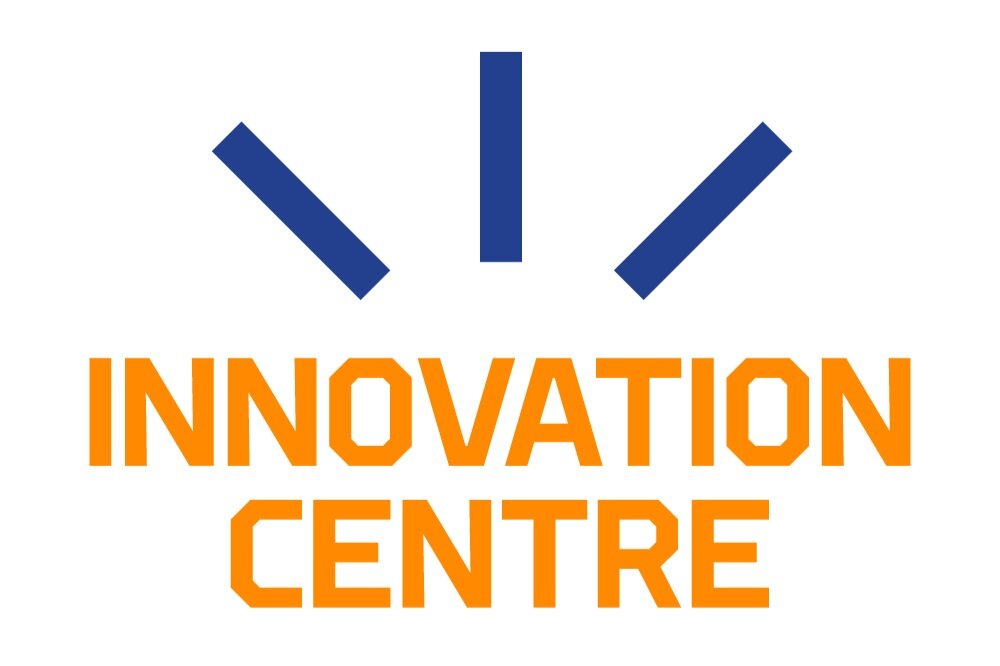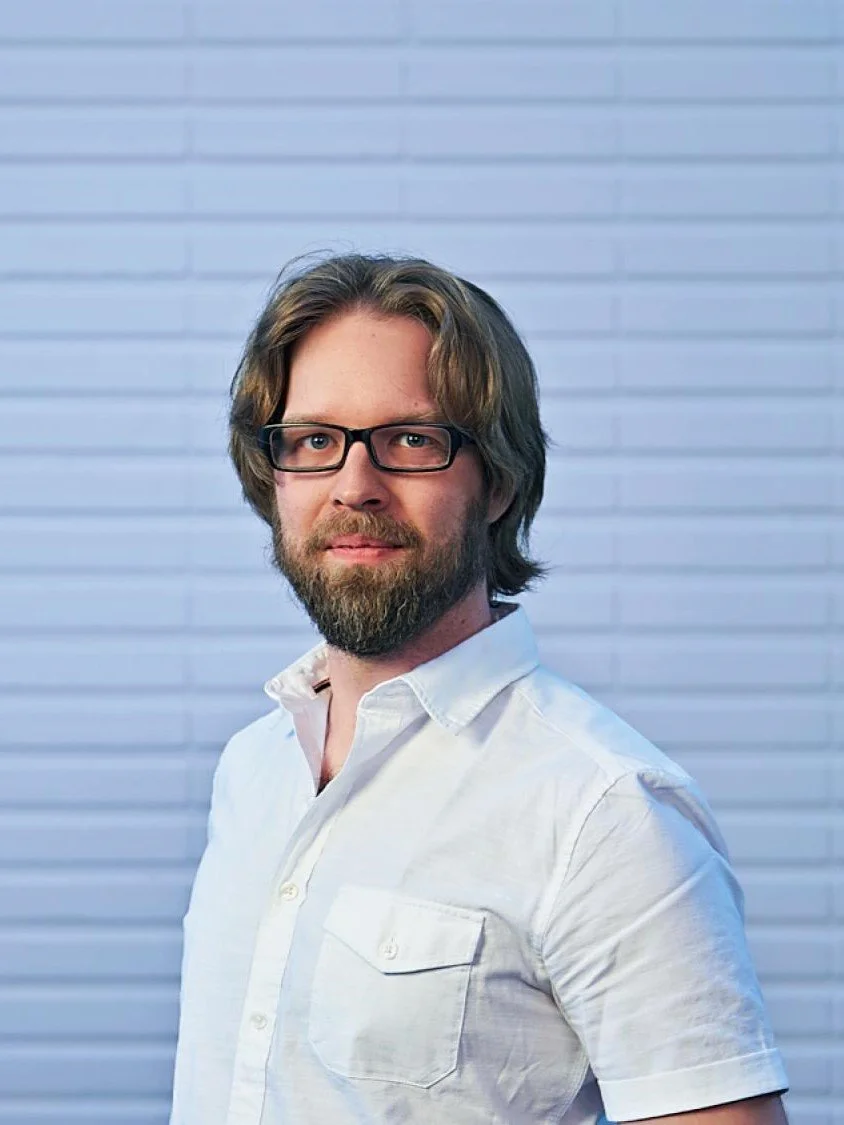AI assists in the future X-ray imaging
The research team includes Miika Nieminen (left), Timo Liimatainen, Matti Hanni, Tomi Väänänen, and Vili Tuppurainen.
Researcher Timo Liimatainen and his team are developing new technology for hospitals where artificial intelligence helps patients position themselves for X-rays. The project has received Business Finland’s Research to Business funding.
Have you ever had an X-ray where capturing the image felt like a struggle? Many people have, because getting the perfect X-ray shot isn’t always easy.
“For example, knees can be tricky to image, leading to a lot of wasted shots. The patient gets unnecessary radiation, and the image can’t be used for diagnosis. Plus, valuable time of the radiology nurse is wasted — and there’s already a shortage of them,” explains Timo Liimatainen, hospital physicist and adjunct professor at the University of Oulu.
Liimatainen and his team want to address the need for greater automation in hospitals and make the nurses’ work easier. That’s why they are developing technology where AI assists the patient in positioning themselves for X-rays.
“We’ve been thinking about what more can be automated in X-ray imaging. There’s already a lot of automation in place, but patient positioning is still entirely up to the radiology nurse. Our technology analyzes the patient’s posture through video and based on that, gives the patient instructions on how to adjust for a better X-ray,” Liimatainen says.
The project began in July 2024 and is expected to run for a year and a half. Initially, the system is being developed specifically for lung imaging, as chest X-rays are the most common. After the first development phase, the technology will be piloted with real patients, along with commercial feasibility studies.
The project has already made solid progress in its first few months.
“We’ve been developing and testing the technology on ourselves, exploring how to assist with patient positioning. We’re programming different scenarios of the positioning process and how the assistant would guide patients in those situations. Our goal is to find a user-friendly and intuitive way for patients to interact with the technology.”
Developing a medical innovation is a long process, requiring extensive research and various regulatory approvals before it can be put into real use. Liimatainen remains optimistic about the journey ahead.
“Ten years seems like a realistic timeframe for getting this technology into practice. When that time comes, I believe it will greatly ease the workload of radiology nurses, allowing them to focus more on patient care,” he concludes.
Timo Liimatainen
Works as a hospital physicist at Oulu University Hospital and as an adjunct professor and research group leader at the University of Oulu. Earned his PhD from the University of Kuopio. Has worked on MRI research at the University of Minnesota and led research teams at universities in Eastern Finland.



